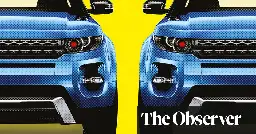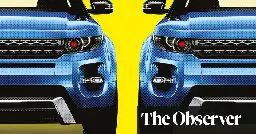Monsters of the Road: What Should the UK Do About SUVs?
Monsters of the Road: What Should the UK Do About SUVs?

www.theguardian.com
Monsters of the road: what should the UK do about SUVs?

There is a discussion on Hacker News, but feel free to comment here as well.

